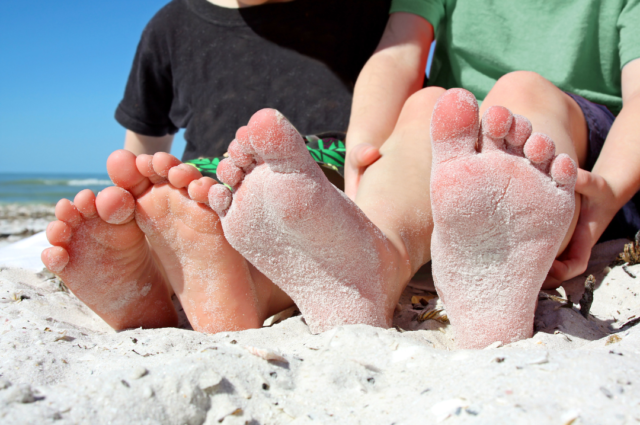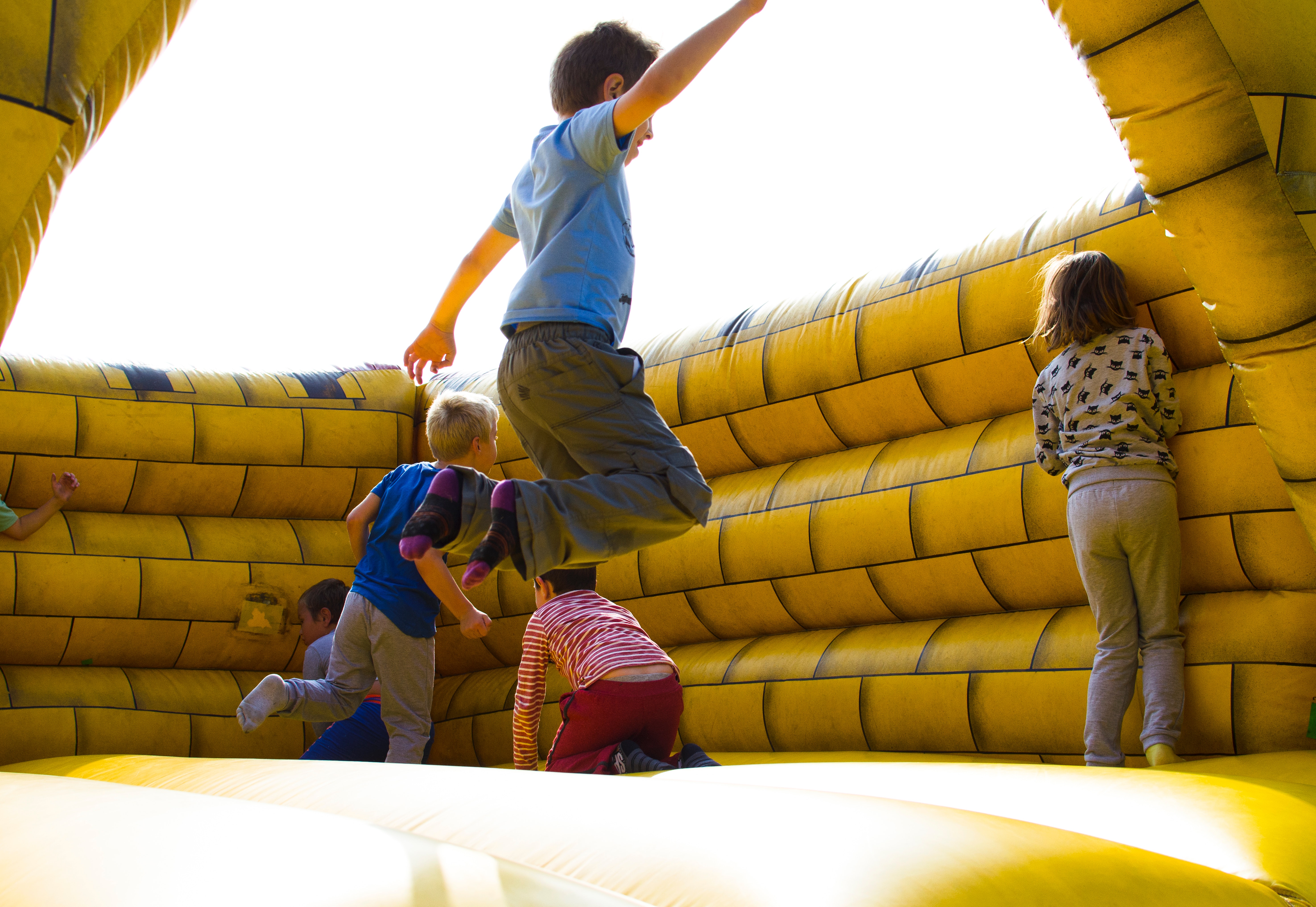Hip dysplasia in babies can be a concerning condition for parents. Hip dysplasia occurs when the hip joint doesn’t develop correctly, leading to hip instability and potential dislocation. In infants, this condition can either be present at birth or develop during the first few months of life. Signs of hip dysplasia may include clicking or popping sounds in the hip joint, limited range of motion in the legs, and asymmetrical thigh folds. In many cases, it’s not the parent that first notices anything unusual related to the hips, but a health provider (like a doctor or midwife) that points out the need for further investigation in the form of an x-ray.
Causes of Hip Dysplasia
While the exact cause of hip dysplasia is not always clear, certain factors can increase the risk. These include breech positioning in the womb, a family history of hip dysplasia, and being a firstborn child. Additionally, tight swaddling or prolonged positioning of the legs in a straight position can contribute to hip dysplasia.
What Should You Avoid With Hip Dysplasia?
To prevent exacerbating hip dysplasia in your baby, it’s crucial to avoid certain practices. Firstly, refrain from swaddling your baby tightly with the legs straight. Instead, opt for swaddling techniques that allow for natural hip movement. Avoid using baby carriers or devices that force the legs into a straight position for extended periods. Ensure that your baby spends ample time in positions that promote healthy hip development, such as lying on their back with their knees bent and hips spread apart.
How Can I Improve My Baby’s Hip Dysplasia?
If your baby has been diagnosed with hip dysplasia, there are steps you can take to help improve the condition. Your doctor may recommend using a special harness or brace to keep the hips in the correct position. These devices help to gently guide the hip joint into place as your baby grows. Additionally, engaging in activities that promote hip flexibility and strength, such as supervised tummy time and gentle stretching exercises, can aid in improving hip dysplasia.
When Is It Too Late to Fix Hip Dysplasia?
Early detection and intervention are critical for effectively managing hip dysplasia in babies. In most cases, treatment initiated during infancy can lead to successful outcomes. However, the window for non-surgical interventions narrows as a child grows older. Generally, if hip dysplasia is not addressed promptly during infancy, it can lead to long-term complications and may require more invasive treatment options later in life.
During infancy, the hip joint is still developing and can be more easily guided into the correct position with non-invasive methods such as harnesses or braces. These interventions work by gently coaxing the hip joint into place as the baby grows, taking advantage of the body’s natural growth and development processes.
As a child gets older, the hip joint becomes more established, and the bones start to harden. This makes it increasingly challenging to correct hip dysplasia without surgical intervention. While surgery may still be an option for older children and adolescents with hip dysplasia, it often involves more complex procedures and longer recovery times.
Can Infant Hip Dysplasia Cause Problems Later In Life?
While early detection and treatment of hip dysplasia in infants can often lead to a full recovery, untreated hip dysplasia can result in significant problems later in life. Adults who had untreated hip dysplasia as infants may experience chronic hip pain, arthritis, and mobility issues. Therefore, it’s essential to address hip dysplasia early to prevent long-term complications, maximise the chances of a successful outcome and minimise the need for surgical intervention in the future.
What Is It Like To Have A Baby In A Hip Harness Or Brace
Having a baby in a hip harness or brace can be initially overwhelming for parents, but remember that these devices are designed to promote healthy hip development and prevent complications associated with hip dysplasia. The harness or brace may feel restrictive at first, and your baby may need some time to adjust to wearing it. However, most babies adapt quickly and continue with their daily activities without much difficulty. Parents may need to make some adjustments to clothing and diapering to accommodate the harness or brace, but with time, it becomes a routine part of caring for their baby. While it may be challenging emotionally to see your baby in a harness or brace, knowing that it’s helping to correct a potentially serious medical condition can provide reassurance and peace of mind.
FAQs
Can hip dysplasia be prevented?
While hip dysplasia cannot always be prevented, certain measures such as avoiding tight swaddling and ensuring proper positioning during infancy can help reduce the risk.
Is hip dysplasia painful for babies?
In most cases, hip dysplasia does not cause pain in infants. However, as the condition progresses, it can lead to discomfort and difficulty with mobility.
Will my baby need surgery for hip dysplasia?
Surgery is not always necessary for treating hip dysplasia in infants. Many cases can be managed with non-surgical interventions such as bracing or harnessing.
How often should my baby be screened for hip dysplasia?
Screening for hip dysplasia is typically performed during routine well-baby exams. Your paediatrician, midwife or doctor will assess your baby’s hip development and may recommend further evaluation if any concerns arise.
Can hip dysplasia affect my baby’s ability to walk?
In severe cases of hip dysplasia, mobility may be affected. However, with early detection and appropriate treatment, most babies can achieve normal walking milestones.






 As parents, it’s only natural to be concerned about our children, want them to grow healthy and strong, and want to promptly address any health issues so they can go about their days without being held back by pain or discomfort. When it comes to the feet and legs, however, it can be difficult to know whether what we’re seeing is normal, or whether it could be a warning sign that should be checked.
As parents, it’s only natural to be concerned about our children, want them to grow healthy and strong, and want to promptly address any health issues so they can go about their days without being held back by pain or discomfort. When it comes to the feet and legs, however, it can be difficult to know whether what we’re seeing is normal, or whether it could be a warning sign that should be checked.

 While our bones are growing, so are our muscles – and lengthening to keep up and support them both functioning as a healthy and strong team. While our muscles and bones will ideally grow at a similar rate, at times the muscles won’t keep up and the result will be tight muscles that create a pull on the bone – particularly during running, running sports and exercise.
While our bones are growing, so are our muscles – and lengthening to keep up and support them both functioning as a healthy and strong team. While our muscles and bones will ideally grow at a similar rate, at times the muscles won’t keep up and the result will be tight muscles that create a pull on the bone – particularly during running, running sports and exercise.


 How can these foot positions be treated?
How can these foot positions be treated?